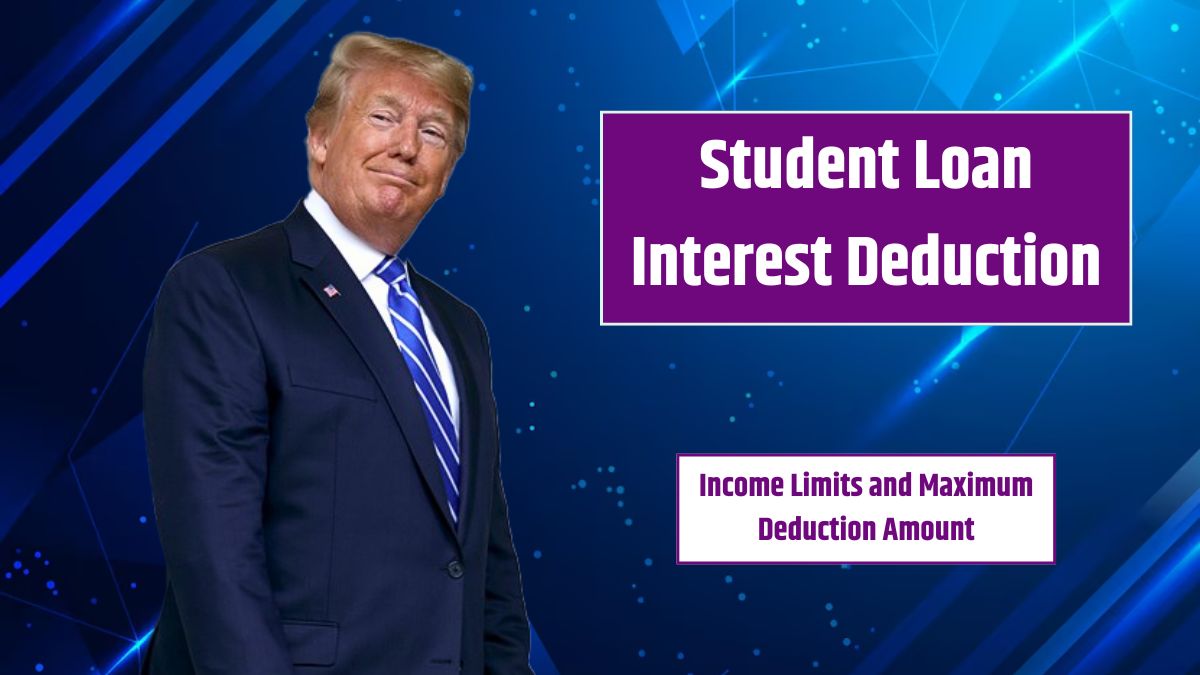As tax season approaches, student loan borrowers may wonder how much they can save with the student loan interest deduction. This tax break allows you to deduct up to $2,500 of interest paid on qualified student loans, reducing your taxable income. However, income limits determine how much you can actually deduct.
For 2025, the deduction remains an above-the-line tax benefit, meaning you don’t need to itemize your deductions. Instead, you can claim it directly on Form 1040, Schedule 1.
Income
Your Modified Adjusted Gross Income (MAGI) affects how much of the deduction you can take. The limits for 2025, adjusted for inflation, are expected to be:
| Filing Status | Full Deduction Below | Phaseout Range | No Deduction Above |
|---|---|---|---|
| Single | $85,000 | $85,000 – $100,000 | $100,000 |
| Married Filing Jointly | $170,000 | $170,000 – $200,000 | $200,000 |
If your MAGI is below $85,000 (or $170,000 for joint filers), you can claim the full deduction. If your income falls within the phaseout range, your deduction is gradually reduced. Once you hit the upper limit, the deduction disappears.
Eligibility
To claim the student loan interest deduction, you must meet these criteria:
- You must be legally responsible for the loan.
- You cannot file as married filing separately.
- You cannot be claimed as a dependent on someone else’s tax return.
- The loan must have been used for qualified education expenses at an eligible institution.
If you paid $600 or more in student loan interest during the year, your lender should send you Form 1098-E. If you paid less, you may still qualify but need to check your loan statements.
Claiming
To claim the deduction, follow these steps:
- Find your interest paid – Check Form 1098-E or your loan portal.
- Calculate your deduction – If you qualify, deduct up to $2,500 or the actual interest paid.
- Fill out Form 1040, Schedule 1 – Enter your deduction amount in the appropriate section.
- File your taxes – Include your completed Schedule 1 with your tax return.
Considerations
If your employer helped repay your student loans under the American Rescue Plan (extended through 2025), that amount is not deductible since it was received tax-free.
Additionally, since the income limits increase slightly each year, the 2025 phaseout thresholds offer slightly more room than previous years, allowing more borrowers to qualify.
Future
The student loan interest deduction remains a valuable tool for reducing taxable income, especially for borrowers in the lower-to-mid income range. While it won’t erase your loan debt, it provides a small financial break that can add up over time. Checking your eligibility and knowing the phaseout limits can help you maximize your tax savings.
FAQs
How much student loan interest can I deduct in 2025?
You can deduct up to $2,500 or the total interest paid, whichever is less.
What income limits apply for the deduction?
For single filers, phaseout begins at $85,000 and ends at $100,000.
Can I deduct interest if my employer paid my loans?
No, employer-paid student loan payments are not deductible.
Where do I report the deduction on my tax return?
Claim it on Form 1040, Schedule 1, under the adjustments to income section.
Do I need to itemize to claim the deduction?
No, the student loan interest deduction is an above-the-line deduction.






